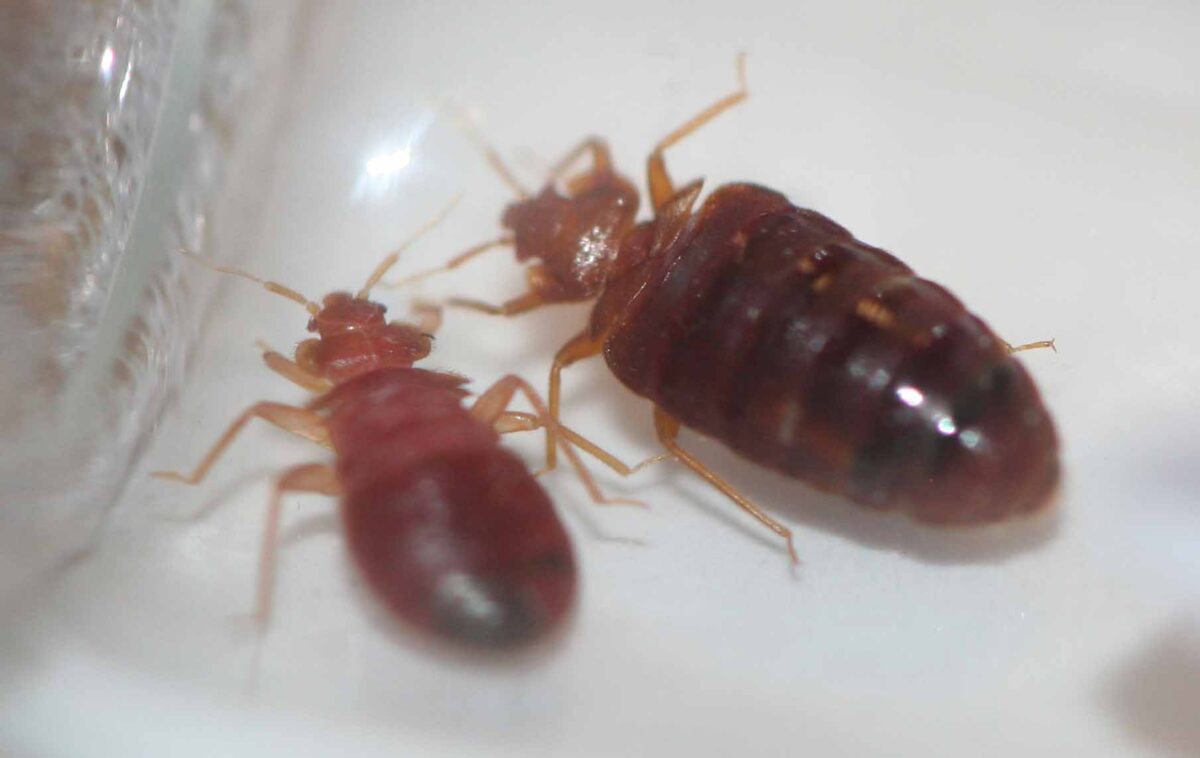We often get calls to rid homes of certain bugs and sometimes I just want to say – clean your house first. Its all in the approach to a customer, I have always believed that a home was meant to be lived in. Hoarding though can be dangerous, look I prefer a home that was clutter free but that isn’t always going to happen. So lets just say that your home leans a little closer to clutter than clutter free, what can you do?
- If you have carpet vacuum often and make sure you empty the vacuum. We don’t have fleas here in Arizona but I have seen fleas hatch from a bag vacuum and re-infest the entire home again.
- Carpet beetles are a problem and if you have a vacuum that really works well, it may be able to suck up the larva and they do all the damage.
- Bed Bugs can also hang out near the baseboard and edges of the carpet, so vacuuming could help. Speaking of Bed Bugs if you want to use DE or DiatomaceousEarth – don’t go crazy this stuff can be dangerous when your breath it into your nose.
- Don’t use Bug Bombs, they can make the critter go deeper and more of an issue on treating in the future.
- Vacuum again.







